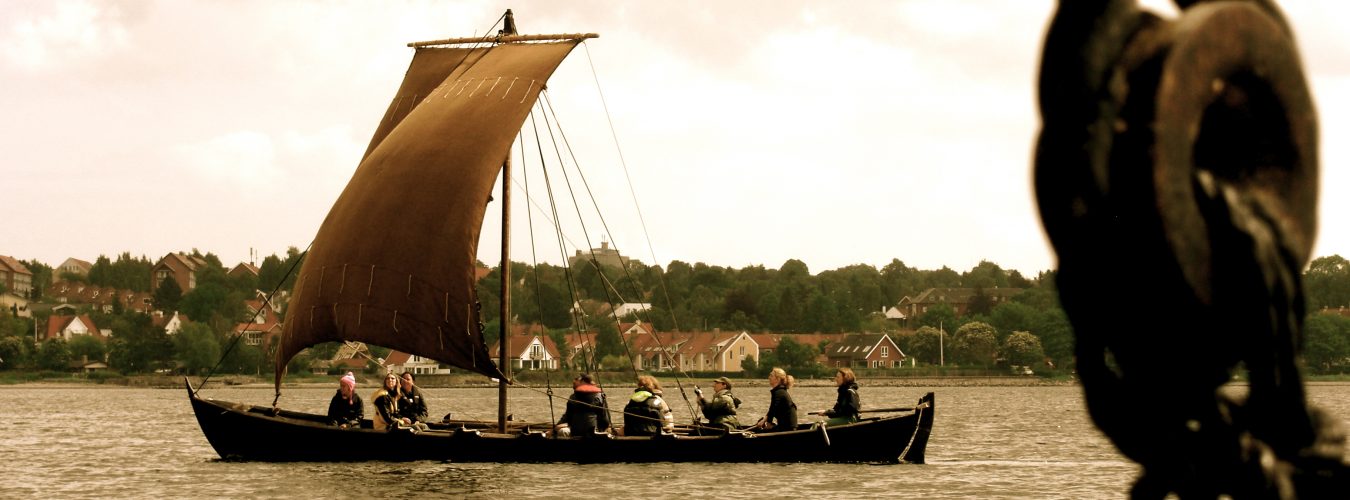Our free, 4-week, online course starts on Monday.
It’s a fantastic introduction to maritime archaeology open to anyone, anywhere in the world.
Stuffed full of articles, videos, slideshows, interactive timelines and links to fantastic online resources, it has been designed by a team of lecturers, researchers and postgraduates at the Centre for Maritime Archaeology. They will be on hand throughout the course to respond to comments, queries and new ideas.
The course also offers an exciting array of optional ‘advanced steps’ and digital journal articles for those who want to explore the subject further. Special thanks must go to the International Journal of Nautical Archaeology for providing a special digital open access issue of the journal to support the MOOC and to Oxford University Press for providing digital access to one of the chapters from the Oxford Handbook of Maritime Archaeology.
All you need to do to begin exploring shipwrecks and submerged worlds is register here . Or you can find out more on our course blog or on Twitter @UoSShipwrecks


